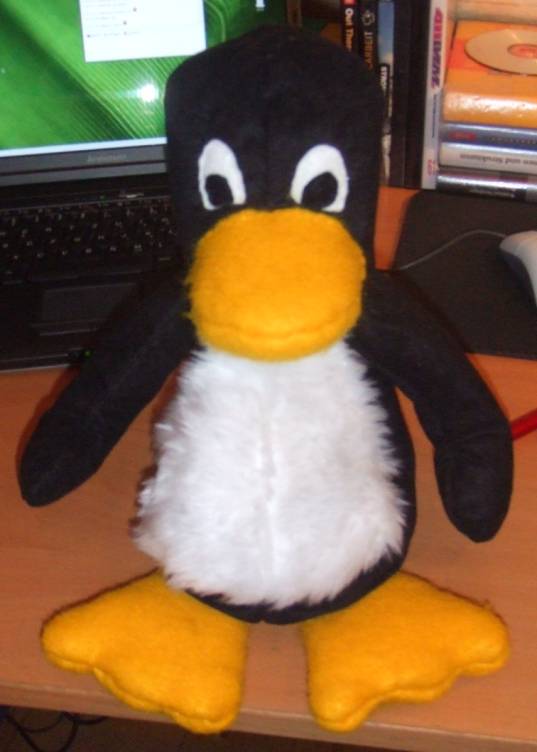Recently, I attented a seminar at university and created a paper named “What’s New in the Linux Network Stack?”. As the content of my paper might be of interest to some people in the community, I decided to publish it here.
Abstract
In this paper, interesting features of the Linux kernel’s network stack are analyzed, which were introduced during the development cycles from Linux v3.7 to Linux v3.16. Special attention is given to the low-latency device polling, introduced in Linux v3.11, the netfilter’s SYNPROXY target, introduced in Linux v3.12 and the new Nftables framework, introduced in Linux v3.13. At the end a trend is presented, which shows the direction in which the Linux network stack is evolving.
Feel free to study, improve and build upon my work as desired! Feedback is welcome.
Update: This paper is now formally released in the “Proceedings of the Seminars Future Internet (FI) and Innovative Internet Technologies and Mobile Communications (IITM)”, which can be found here: DOI: 10.2313/NET-2015-03-1
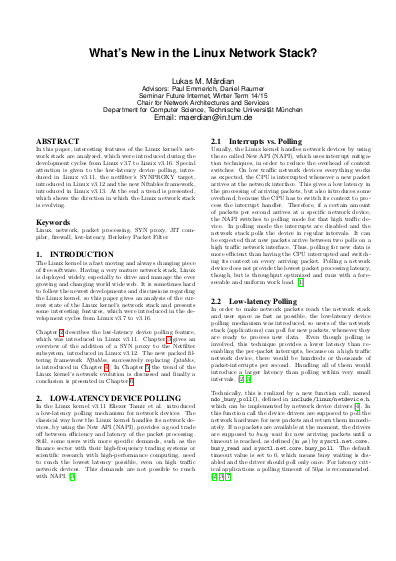
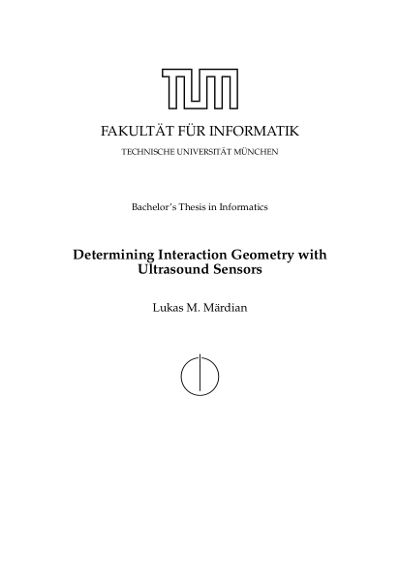
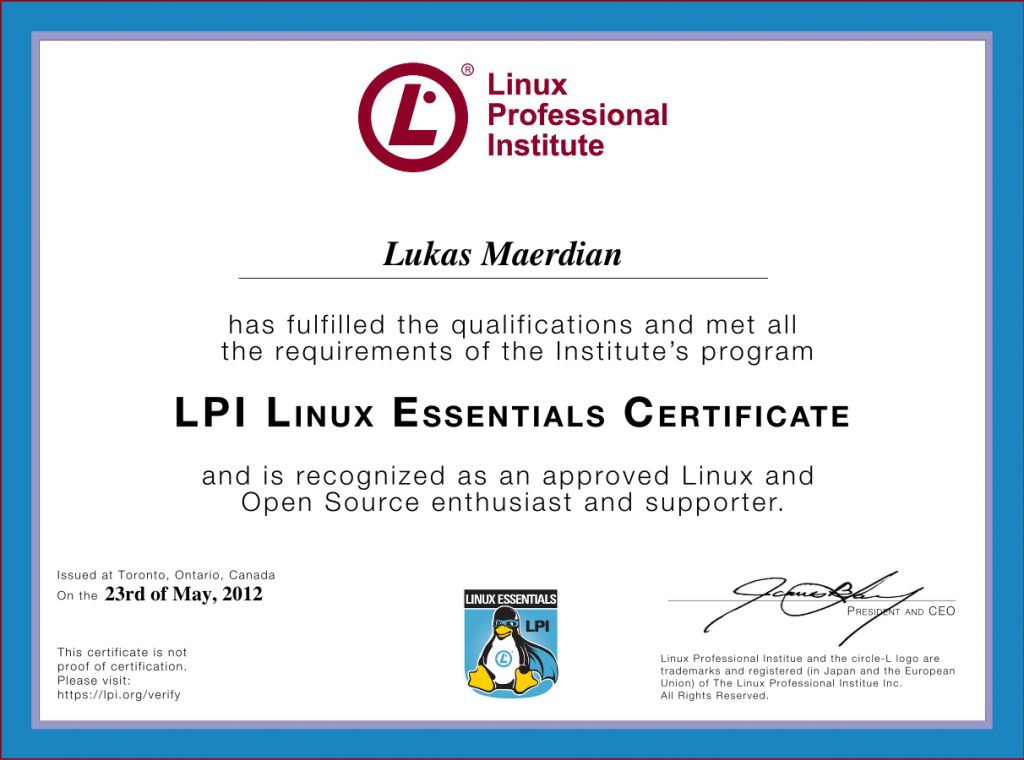

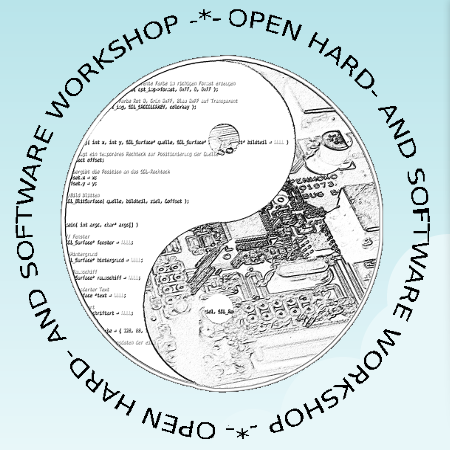
 Wie wahrscheinlich viele von euch wissen gibt es das Linux Maskottchen “Tux”, den kleinen dicken Pinguin, auch als Stofftier. Diesen kann man z.B. im Linux-Onlineshop
Wie wahrscheinlich viele von euch wissen gibt es das Linux Maskottchen “Tux”, den kleinen dicken Pinguin, auch als Stofftier. Diesen kann man z.B. im Linux-Onlineshop 